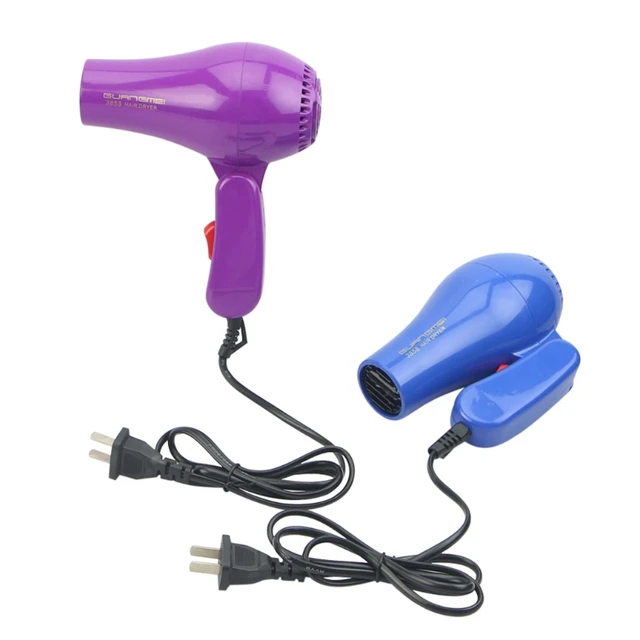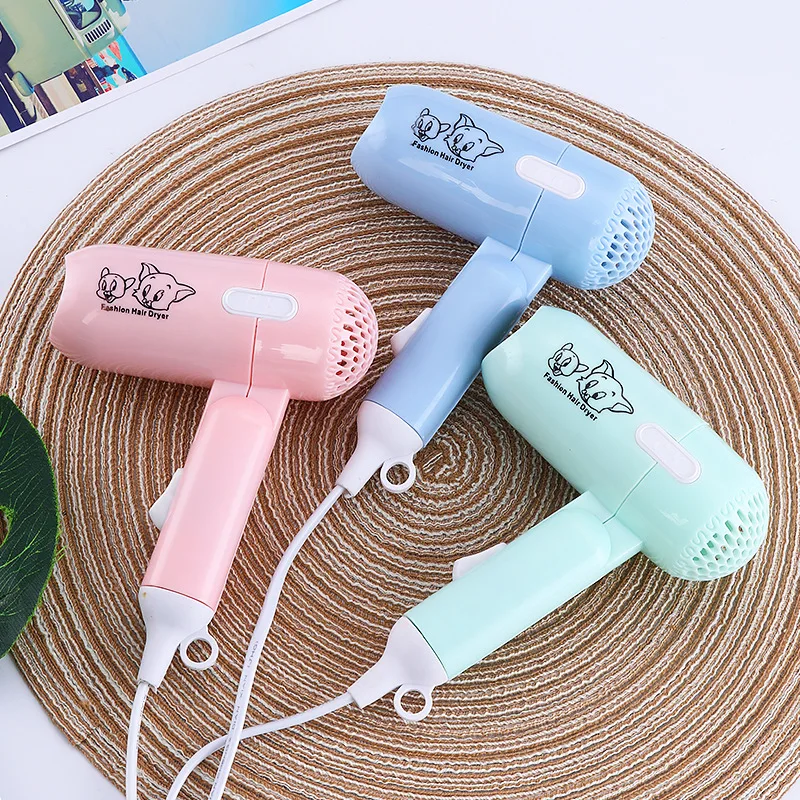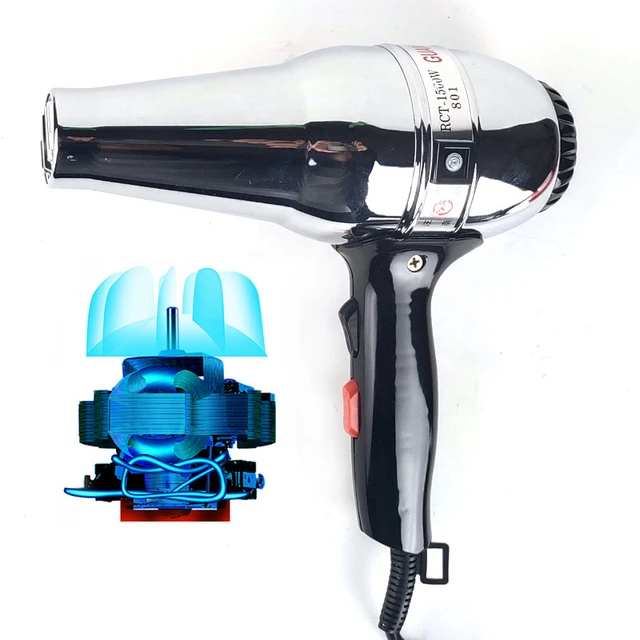When it comes to DIY projects, home repairs, or creative endeavors, the right tools can make all the difference. Often, people explore the boundaries of what their tools can do. One common question arises: “Can I use a hair dryer instead of a heat gun?” While at first glance it might seem like a practical substitute, the two devices have distinct characteristics and functions. This article explores their differences, applications, advantages, disadvantages, safety considerations, and more to give you a comprehensive understanding.
Understanding the Tools
What Is a Hair Dryer?
A hair dryer is primarily designed for drying hair and styling it. It uses a fan to blow air over a heating element, which warms the air before it exits the nozzle. Hair dryers typically have multiple heat and speed settings and are optimized for use on human hair.
What Is a Heat Gun?
A heat gun, on the other hand, is designed for various industrial and DIY tasks that require intense heat. It emits a focused stream of hot air, which can reach temperatures well over 1000°F (about 540°C). Heat guns are used for tasks such as paint removal, shrink wrapping, and soldering, among others.
Key Differences
Temperature Range
One of the most significant differences between a hair dryer and a heat gun is the temperature range. Hair dryers typically operate at a maximum temperature of about 150°F to 200°F (65°C to 93°C), which is insufficient for tasks that require high heat. In contrast, heat guns can easily reach temperatures upwards of 1000°F, making them suitable for more demanding applications.
Airflow and Concentration
While both devices blow hot air, a heat gun focuses that air more tightly, allowing for precision heating. This is essential for tasks such as soldering wires or removing paint without damaging the underlying surface. Hair dryers disperse air over a wider area, which makes them less effective for precision work.
Design and Build
Heat guns are built to withstand high temperatures for extended periods. They often have durable housings made from heat-resistant materials. Hair dryers are not designed for prolonged heat exposure, and using them in ways that exceed their intended purpose can lead to overheating and failure.
Applications of Each Tool
Common Applications for Hair Dryers
- Hair Styling: The primary use of hair dryers is to dry and style hair.
- Drying Paint: Hair dryers can mildly speed up the drying process for water-based paints, making them useful for crafts.
- Unwrapping Gifts: Blow-drying can help remove sticky labels from gift-wrapped items.
- Warming Up Tools: A hair dryer can be used to warm up objects, like loosening stubborn screws or bolts.
Common Applications for Heat Guns
- Paint Removal: Heat guns are highly effective for stripping old paint from surfaces.
- Shrink Wrapping: They can be used to shrink plastic wraps tightly around products.
- Soldering Electronics: Heat guns prove useful for soldering tasks requiring precision heating.
- Vinyl Floor Installation: They help in softening vinyl and making it easier to manipulate and install.
Advantages of Using a Hair Dryer
Accessibility
Hair dryers are readily available in most households, making them a convenient option for casual tasks or emergencies. If you don’t have a heat gun on hand, your hair dryer could serve in a pinch.
Cost
Generally, hair dryers are less expensive compared to heat guns. If your project doesn’t require intense heat, using a hair dryer could save money.
User-Friendliness
Hair dryers are easier to use for beginners. The design usually includes temperature controls and a comfortable grip, making them more accessible for those unfamiliar with operating a heat gun.
Less Risk of Damage
When working on delicate surfaces, a hair dryer is less likely to cause damage. The lower temperature reduces the risk of scorching or burning, making it a safer choice for some applications.
Disadvantages of Using a Hair Dryer
Limited Temperature Control
Hair dryers lack the high temperatures and precise control that heat guns provide. This can limit their effectiveness for demanding projects, such as those requiring paint removal or soldering.
Inefficiency
For tasks that require high heat, a hair dryer can be sluggish and inefficient. It may take longer to achieve desired results compared to a heat gun.
Not Designed for Prolonged Use
Using a hair dryer for extended periods can lead to overheating and burnout. Heat guns are specifically engineered for continuous use in demanding conditions.
Safety Considerations
Safety with Hair Dryers
When using a hair dryer, it’s essential to follow safety guidelines:
- Avoid Overheating: Do not use a hair dryer for tasks it isn’t designed for, as this may lead to overheating and fire risks.
- Keep Away from Water: Ensure that you’re working in a dry environment to prevent electrical hazards.
- Monitor the Surface: If you’re using a hair dryer for drying paint or similar projects, be attentive to the surface temperature to avoid damage.
Safety with Heat Guns
With heat guns, the safety considerations are more extensive due to the higher temperatures involved:
- Wear Protective Gear: Use gloves and safety goggles to protect your skin and eyes from potential damage.
- Keep Away from Flammable Materials: Due to the focused high heat, you need to ensure that there are no flammable materials in the vicinity.
- Ventilation: Ensure that you’re working in a well-ventilated area, especially when using a heat gun to remove paint, which can release harmful fumes.
Making the Choice
When to Use a Hair Dryer
A hair dryer can be a suitable alternative when:
- The project is uncomplicated and doesn’t require high temperatures.
- You need a quick drying solution for paints or crafts.
- The job involves delicate surfaces that might be damaged by a heat gun.
When to Use a Heat Gun
Choose a heat gun for tasks that demand higher temperatures and better control, such as:
- Stripping paint from surfaces.
- Soldering and electronics work where precision is essential.
- Shrink-wrapping products that require uniform heat.
 Alternatives to Consider
Alternatives to Consider
If you don’t have either a hair dryer or a heat gun, consider other heat sources:
Torch
A propane or butane torch can provide intense heat but must be used with caution. They are excellent for quick heat applications but require experience to operate safely.
Iron
For small projects, a standard iron can be a substitute for heat applications, especially for delicate work like fabric repairs.
Oven
If the task allows, a conventional oven can be used for heat-related tasks that can tolerate broader temperature control.
Additional Tips for Hair Dryer Care
Choosing the Right Hair Dryer
Investing in a quality hair dryer can save you time and effort when it comes to maintenance. Hair dryers with removable filters and higher wattage often have better durability.
- Research Before Buying: Look for models with good reviews for reliability and ease of cleaning.
- Consider Ionic Technology: Ionic hair dryers tend to operate at lower temperatures, reducing the risk of overheating.
Storing Your Hair Dryer Properly
How you store your hair dryer can also contribute to its longevity.
- Cool Down: Always allow your hair dryer to cool down completely before storing it.
- Avoid Wrapping the Cord: Instead of wrapping the cord tightly around the dryer, use a Velcro strap to secure it looser, preventing wear and tear.
- Placement: Store it in a dry place, away from moisture and heat sources.
Conclusion
So, can I use a hair dryer instead of a heat gun? While the answer is yes for certain low-heat jobs, it’s essential to understand the limitations and potential risks. A hair dryer can serve as a convenient and cost-effective alternative in simple scenarios, but it lacks the high temperatures and precision that heat guns offer. Assessing your project’s specific requirements and safety considerations can help you make the best choice between these two commonly used tools. Always opt for the right tool for the job, ensuring a safer and more efficient outcome.

